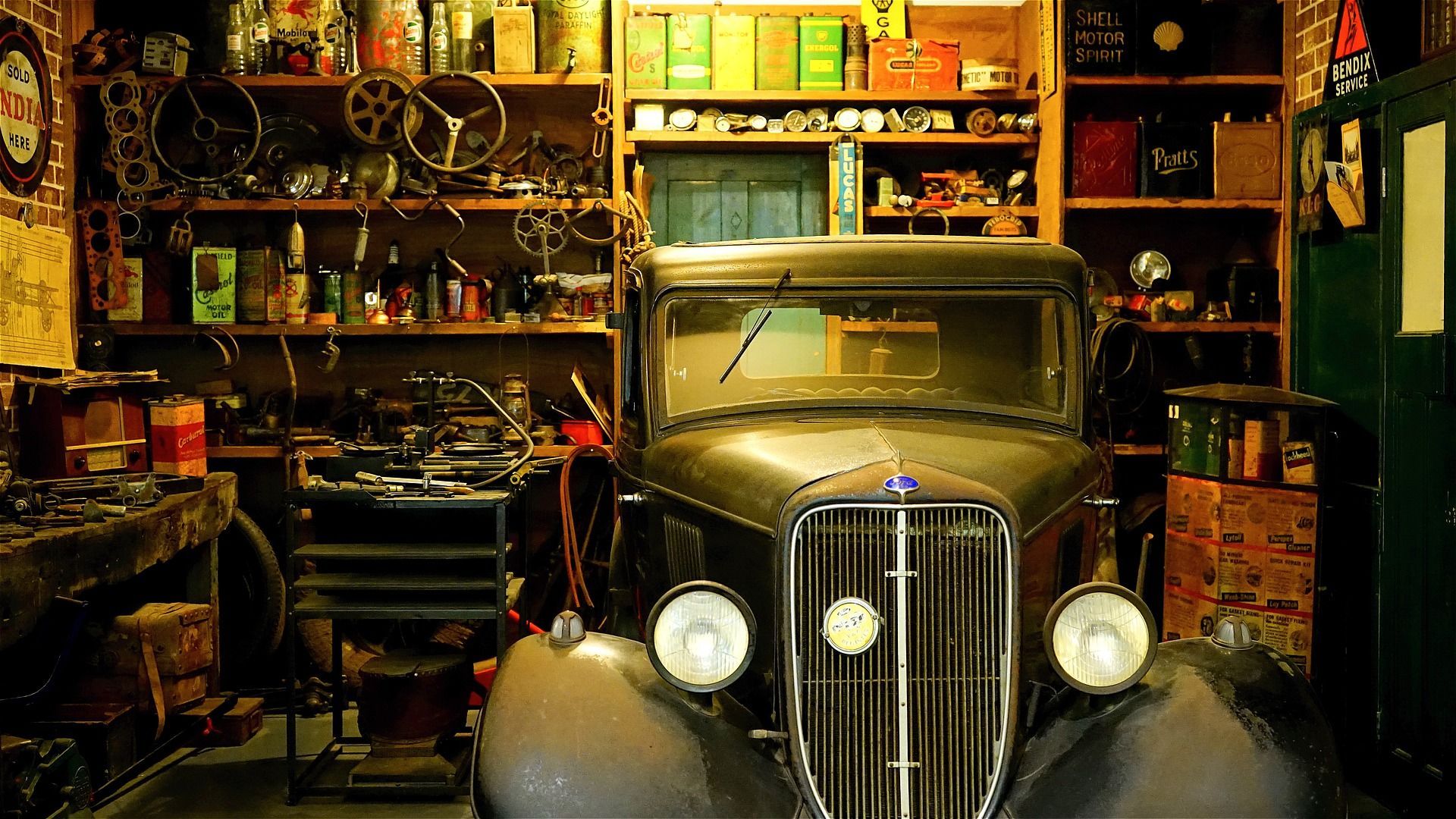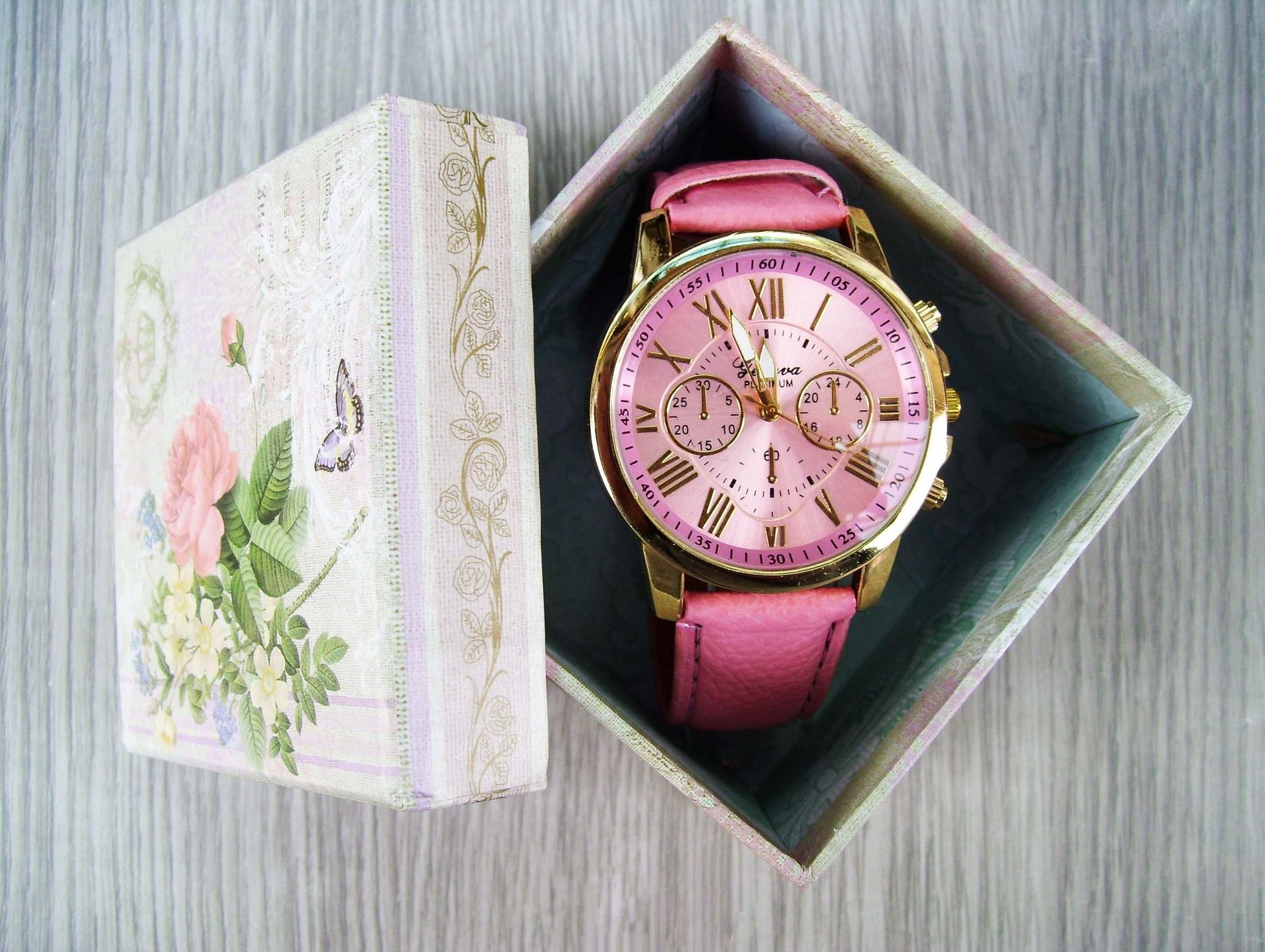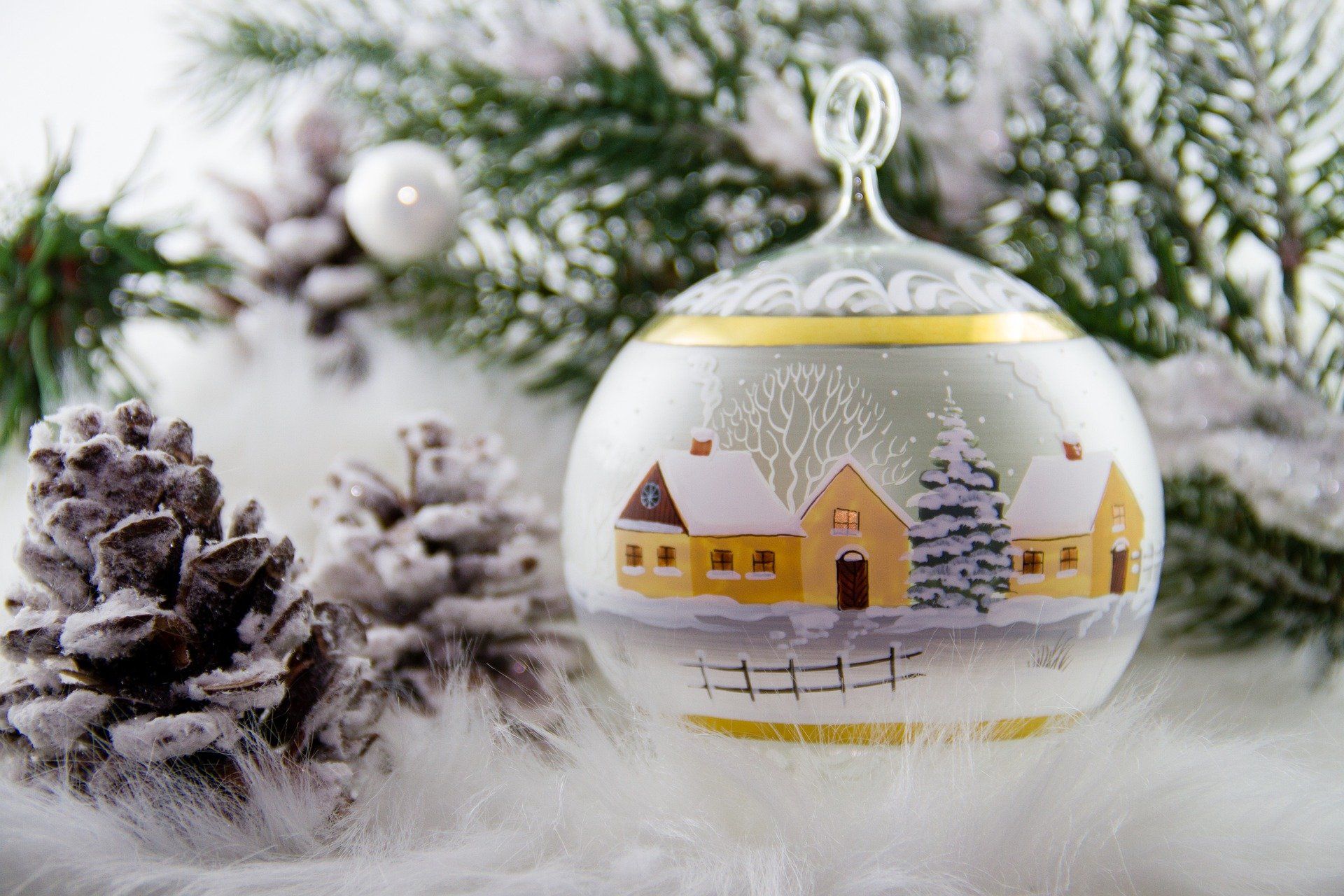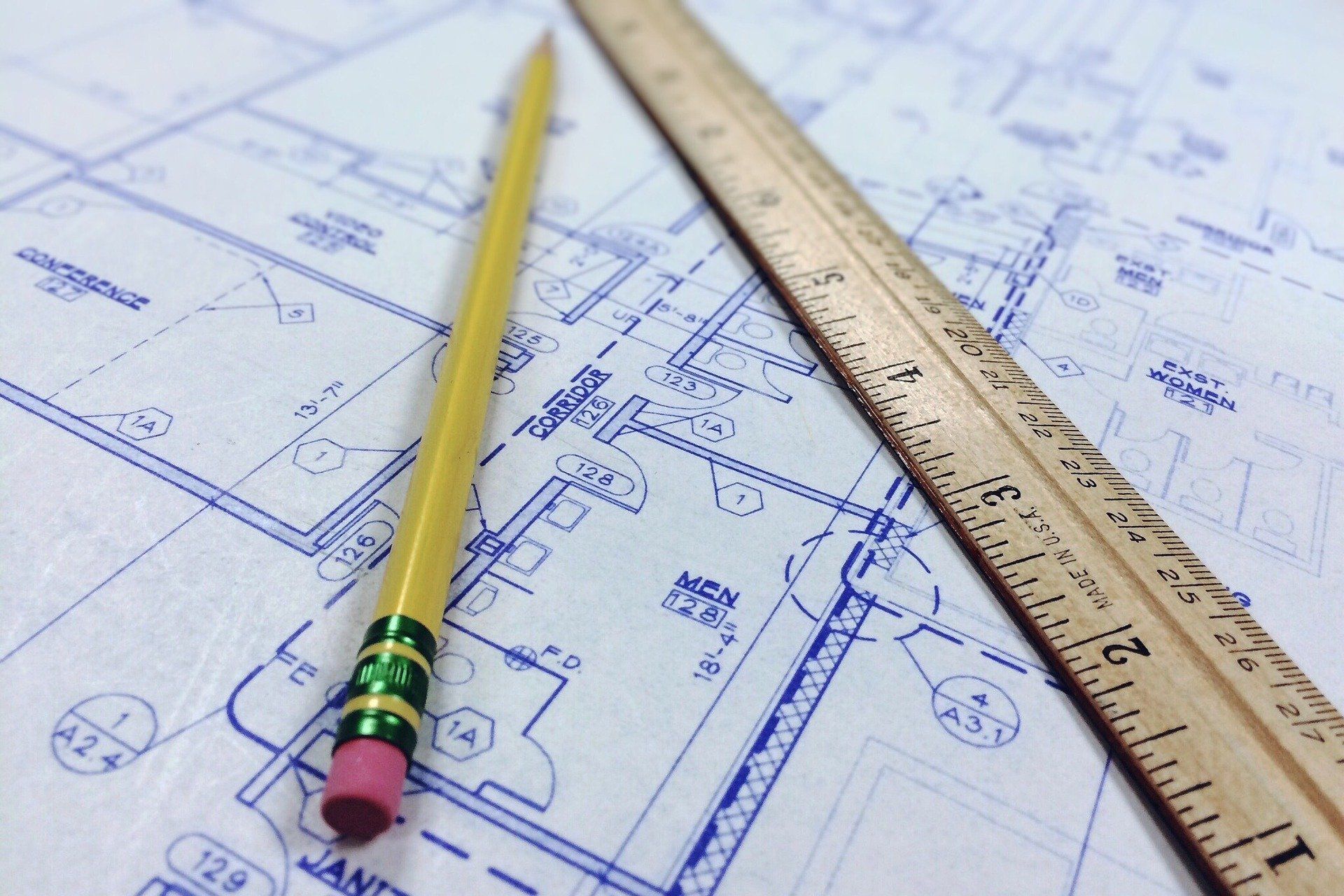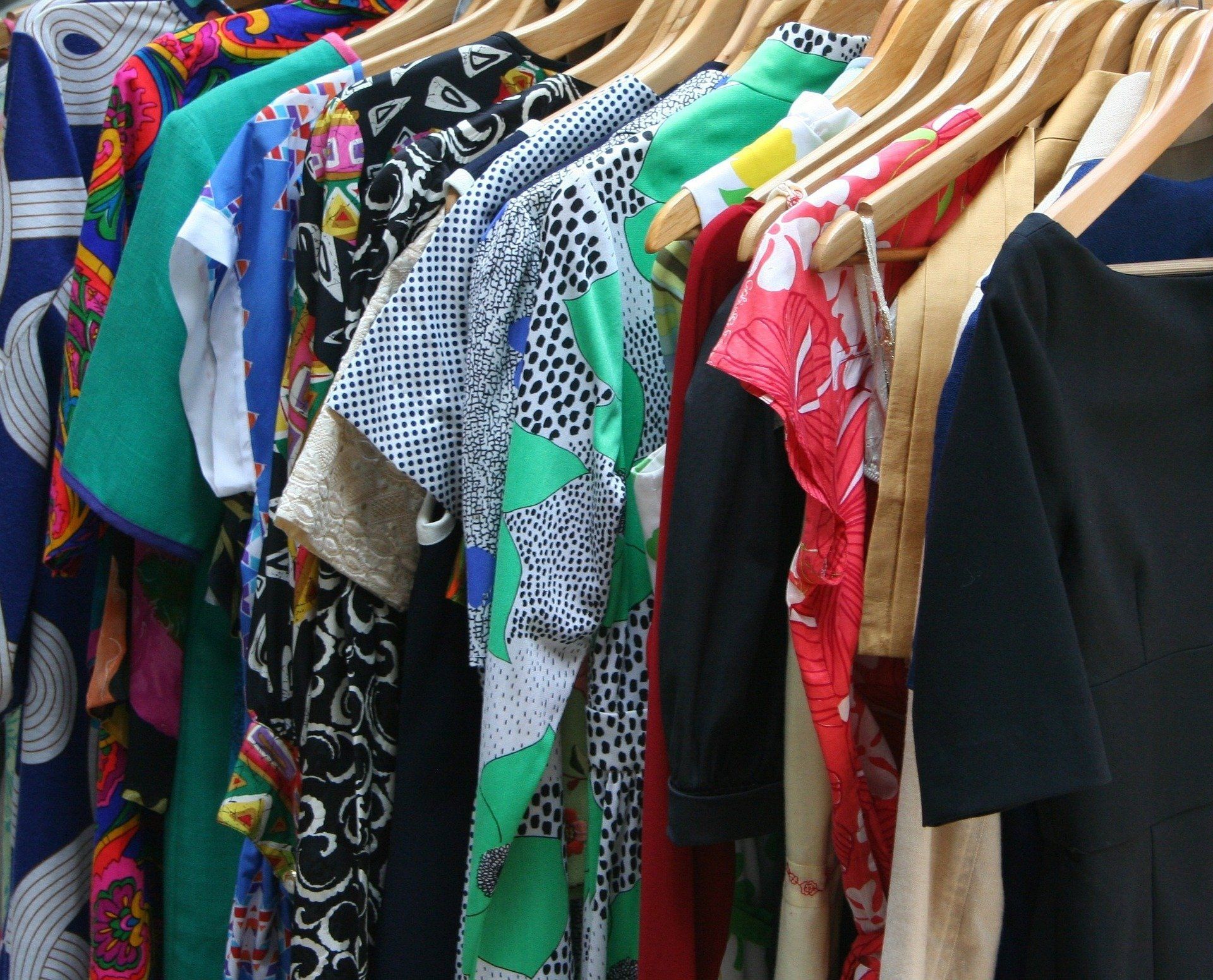Clothing Closet Cleanout Tips
How to evaluate your clothing and your closet space.
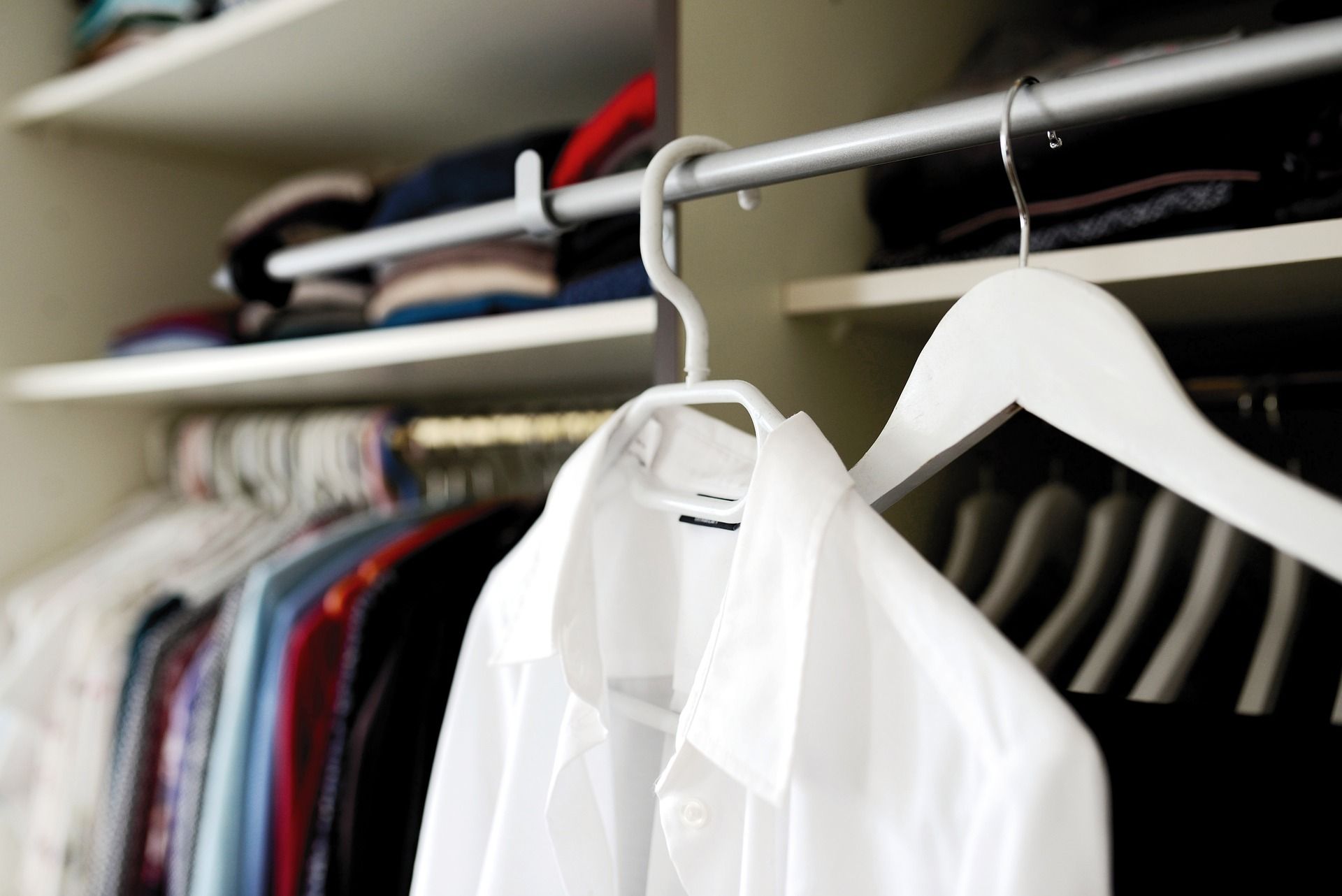
With the arrival of summer, it’s a good time to re-evaluate your clothing closets! Can you easily identify the clothes that fit you well now? Are there clothes you love wearing because you feel good in them or receive compliments? These can easily be labeled “Keepers.”
When it comes to culling your wardrobe, you first want to look for items that no longer fit you, are outdated, or damaged. Try not to hold onto clothing that is out of style or doesn’t fit you, when you get back into those sizes the style may not be fashionable or will have altered in some way. If clothing has damage, you’ll want to assess whether that stain can be removed, there is a spare matching button to attach, or if you have enough material to have the stitching fixed or altered. Is the cost of these repairs worth your time and money? If you don’t need to mend your own clothing to save money, then you can let these items go. If ironing is no longer a priority, consider donating those pieces that require extra work that you just don’t want to spend time doing.
If dust has settled on your unworn clothing, hats, purses or shoes, it’s a good sign that these pieces can be removed from your closet. Consider also how your life has changed over time. If you’ve changed professions, leisure activities, social engagements, and so forth, you may easily identify clothing, shoes and accessories that are no longer needed due to those adjustments. As our culture has evolved, many of us have discovered that high heels, dresses, and suits are not in use as often, even in church settings. We can cut back on the number of formal pieces that we will keep for special occasions. Look at how body changes can also impact the clothing and shoes you wear. For example, if you have had shoulder surgeries, you may be able to identify blouses, tight tops, or clothing that zippers at your back that you can no longer wear with ease. Are there pointed-toed or narrow shoes or certain heels that are not comfortable to wear because of bunions or other foot issues? By parting with these items, you may be able to bless someone through a donation center that serves individuals who need dress clothing for job interviews.
If you are finding it hard to determine if your clothing piece is a keeper or item you would donate, then you’ll want to look at other criteria such as the fit and comfort, color, style, quality, and garment care. For example, when was the last time you wore this item? If we’ve just come out of winter and you haven’t worn that sweater, ask yourself “why?” Was the wool too scratchy for your skin? Do you no longer like the color, cut, or style? Was it too hot to wear when layered or did it pull or pill too easily? Do you no longer have the skirt or dress pants that you always wore with it? Look at those odd garments that have nothing that pairs with them and determine if you can add them to your donation pile. Perhaps you no longer wear items that require special care or washing, and a hand wash, dry flat sweater no longer fits your time or lifestyle. You can let them go to a better home and live carefree with your machine wash and dry garments.
If you are moving to a community where you no longer need to do yard work or maintenance type projects, then you can really cull the clothes you use for grungy work. You might only need one or two of these outfits in your wardrobe for the occasional task that requires them.
If a piece is damaged or no longer fits, but was once your favorite, do a little research to see if you can order a new one in your current size. Note any model or style numbers on the tags and search for it by also including the company, designer, or other keywords that will help you identify it. Ex. Banana Republic, cowl neck sweater, 95 % merino wool, Style # 123-456.
Think through the why’s. Why haven’t you worn the item? Do you have similar pieces that you always grab instead? If you have duplicates or others that are your favorite go-tos then perhaps you can let go of this one. Why do you want to keep the item? If it serves as a reminder of a wonderful event or memory, then take a picture of it, so you can see it again and remember. You don’t need to keep a piece of clothing that you no longer wear just for the memory it holds. A simple picture, saved in a computer memory file, can free up space in your closet!
How do you like to organize your closet space? Do you like to have your clothes arranged by season, color, style, occasion? What takes priority? Some people like to see their clothing ordered by season, then sleeve/pant length, then color. Others like to order their clothing for work, play, or special events. Do you like to have your shoes on a rack, in cubbies, or in their original boxes with the labels facing out? Do you like to hang matching pieces together? Do you love various colors and styles to fit your mood or do you align more with a capsule wardrobe, where all the pieces can coordinate with each other? By thinking through your clothing and organizational styles, you can better identify why you gravitate more toward certain items over and above others. For example, if you tend to grab the shoes that are easily accessible and most comfortable, you may want to reconsider storing shoes in their original boxes because you are less likely to take the time to seek out the pair you need. Maybe the thought of putting them back in their original boxes feels like a duty and not a pleasure, so you don’t even bother wearing them. Think through your motivations and habits. What thoughts or obstacles have you placed in your own way? If there is an easier way to display and care for your clothing, it may mean that you’d be more likely to wear those pieces.
If you are downsizing your wardrobe for a move to a smaller home, you’ll want to pare down your closets, before you design the closets in the new home. This way you’ll clearly know how much hanging space you’ll need versus how many shelves for folded items, purses, hats, shoes, etc. By identifying what you currently use, you’ll be able to see how much space you’ll really need for long-hanging coats, pants and dresses. This will free up space so you can add a second rod below for a double hanging area for shorter blouses and pants. Don’t forget to take into account your height and range of motion. You don’t want to hang everyday items too high and out of reach, or too low so that you don’t have space if you need to store shoes under the hanging areas. Think through the type of rods, bars and shelves you’ll want to use in the closet. Some closet systems have segmented hanging areas, which don’t allow for you to freely slide hangers along a bar. This can limit what you can hang. Also consider the supports that are offered for the shelving or bars. If there are no supports, you may reach a weight limit or otherwise cause your shelving to collapse under the strain. Shelf supports may also dictate the height of items placed below the shelving. You’ll want to measure to see if a dresser or other piece of furniture will be short and narrow enough to fit under and between the shelf supports. If you will be installing metal shelving, you may want to purchase shelf liners. Shelf liners will allow items to lay flat and will keep smaller items from falling through the wire shelving (ex. chains, straps, belts, laces, etc.)
Paring down items that hang, like hats, belts, ties, scarves, and purses, can free you up to look at other storage options like specialized racks, hooks, and containers. If you are going to use containers, you’ll want to either label them or use clear bins. Bins with lids will allow you to stack things. Remember that you’re more likely to use the items that you can see. If you always wear a particular scarf, tie or necklace with the outfit, you may want to keep these pieces hanging together on the hanger. When you’re thinking through organizational strategies for your new closet, don’t forget to look at the unused wall space and back of the closet door. You may find these areas can work well for a hat display, hooks or organizers. Hanging shoe organizers can be used for more than shoes. You can store belts, scarves, socks, ties and extra toiletries or linens in them. If you find you have extra hanging space in your closet, you may even wish to hang jewelry or scarf organizers on the rod with your clothing. Take the time to think through how your current closet works for you and how you’d like to improve it. By removing what you no longer wear and thinking through how you’d like to better organize your wardrobe, you can have the closet of your dreams!

All Rights Reserved | Beyond The Fork In The Road
Contact
Office: 717-335-8080
Office Hours:
- Mon - Thu
- -
- Friday
- -
- Sat - Sun
- Closed
Store: 717-335-8482
Store Hours:
Active March 1
Mon - Fri 8 am - 3 pm
Sat (2nd & 4th) 9 am - 12 pm

